As it stands, almost a third of Americans personally own a gun, and almost a third of these are for hunting.
When it comes to hunting, there are all kinds of different rifles you can choose from. With so many factors at play, it can be hard to know what’s right. It’s worth taking the time to look at different options and consider what will suit your needs best.
In this guide, we’ll look at some of the most important factors to consider when you’re choosing a new deer hunting rifle. Keep reading for more.
1. Caliber
When looking for any deer hunting gear, it’s important to make sure it’s well suited for just that; deer. You want to make sure the caliber of your rifle is high enough for what you’re hunting. At the same time, deer aren’t the largest game that a person can hunt, so you won’t need to get the highest caliber rifle on the market.
If you speak to other hunters, you’ll likely find different people using a range of calibers, and many will claim that what they use is the best choice. In reality, you can opt for a range of calibers for hunting deer, so this can (in part) come down to your preference.
If you don’t want too much recoil, a smaller rifle with a lower caliber will be ideal. A .223 rifle is a good example here as it’s still powerful enough for deer.
You can go higher from here to a .243 which is an incredibly popular choice. You may want the option of hunting larger game, so you could even go up to a .270, 30-06, or .300 Win Mag. rifle.
2. Fit
Another crucial factor to consider is the fit. One of the best rifle accuracy tips you’ll hear is to make sure you’re using a rifle that’s comfortable in your hands. If a rifle is too short or too long for your frame, you’ll have a very hard time shooting accurately.
Additionally, if a rifle doesn’t fit you right, you’ll feel increased recoil. It can also lead to the development of bad habits both in the shooting range and in the field.
If you want some flexibility, you could look into AR-style rifles. There are various options with adjustable stocks, so you can ensure it’s the perfect fit for you.
This is also an ideal choice if you’re teaching your children to shoot. You can adjust the rifle as they grow so that it always works well for them.
You can check the fit of a rifle by shouldering it. It should naturally fall into place in the shoulder pocket. Ideally, your cheek will make good contact with the stock and your eye will line up with the sight or scope without needing to move your head.
If you like a rifle but it doesn’t fit quite right, you can make some adjustments. For example, you can add a thicker recoil pad to a short stock, or cut the stock down if it’s too long. Adjust the stock shape if your check doesn’t meet it correctly.
3. Action
Your hunting style will determine the best hunting rifle features for you. For example, you might be focusing on long-range accuracy. In this case, a bolt-action rifle is likely to be your best choice.
If you want to take a faster approach at short range, a lever-action rifle or an AR might be more suitable. You may instead want to use a lightweight rifle that offers a bit more of a challenge, in which case a break-action, single-shot rifle could be the best choice.
The style of hunting you want to do will determine the best hunting rifles for the job. Take your time here as the choice you make will have a sizable impact on your shooting experience.
4. Bullet Availability
One thing you want to be certain of is that you’ll easily be able to source more ammunition. This may not be too much of an issue for some people, but if you hunt in remote areas, your choices might be more limited. Because of this, you may want to choose a rifle with a popular caliber.
People make mistakes, and one day you might arrive at your camp and realize that you’ve forgotten to pack your ammo. If you need a common caliber bullet, you’ll likely be able to find it somewhere nearby. This could be very helpful in a pinch.
5. Finish
If it rains a lot where you hunt, you’ll want to take the finish of your rifle into account. This is also true if the temperature ranges a lot in the same week or even the same day.
A synthetic stock will stand up better to extreme conditions. A waterproof finish on any exposed metal will give some additional protection.
Wooden stocks may look nice, but if they’re exposed to a lot of moisture, they can start to swell. This will make them look a lot worse and will even affect the point of impact of your rifle. Even if you’d rather have a wooden stock, it may be best to opt for something different if the conditions you hunt in don’t suit it.
6. Maintenance
All rifles require maintenance to keep them in good working order. Not only will a poorly maintained rifle have a shorter lifespan, but it could also present a safety hazard.
Generally, rifles with a simpler design are easier to maintain. Ones that are more specialized will require more in-depth knowledge to look after properly.
If you’re a beginner, it may be best to go with a rifle that’s easy to maintain. Even if you’ve been hunting for a while, you might lean this way because it makes things easier for you. On the other hand, if you enjoy the care and maintenance process, you could well go for something a bit more intricate.
The Right Deer Hunting Rifle for You
Finding the perfect deer hunting rifle can take some work, but it’s worth looking into things properly. With the right rifle, you’ll have a much better hunting experience overall.
S&S Sales is a leading supplier of guns, ammunition, optics, and more and we have been in operation since 2010. Take a look at our services page to learn more about how we can enhance your shooting experience.

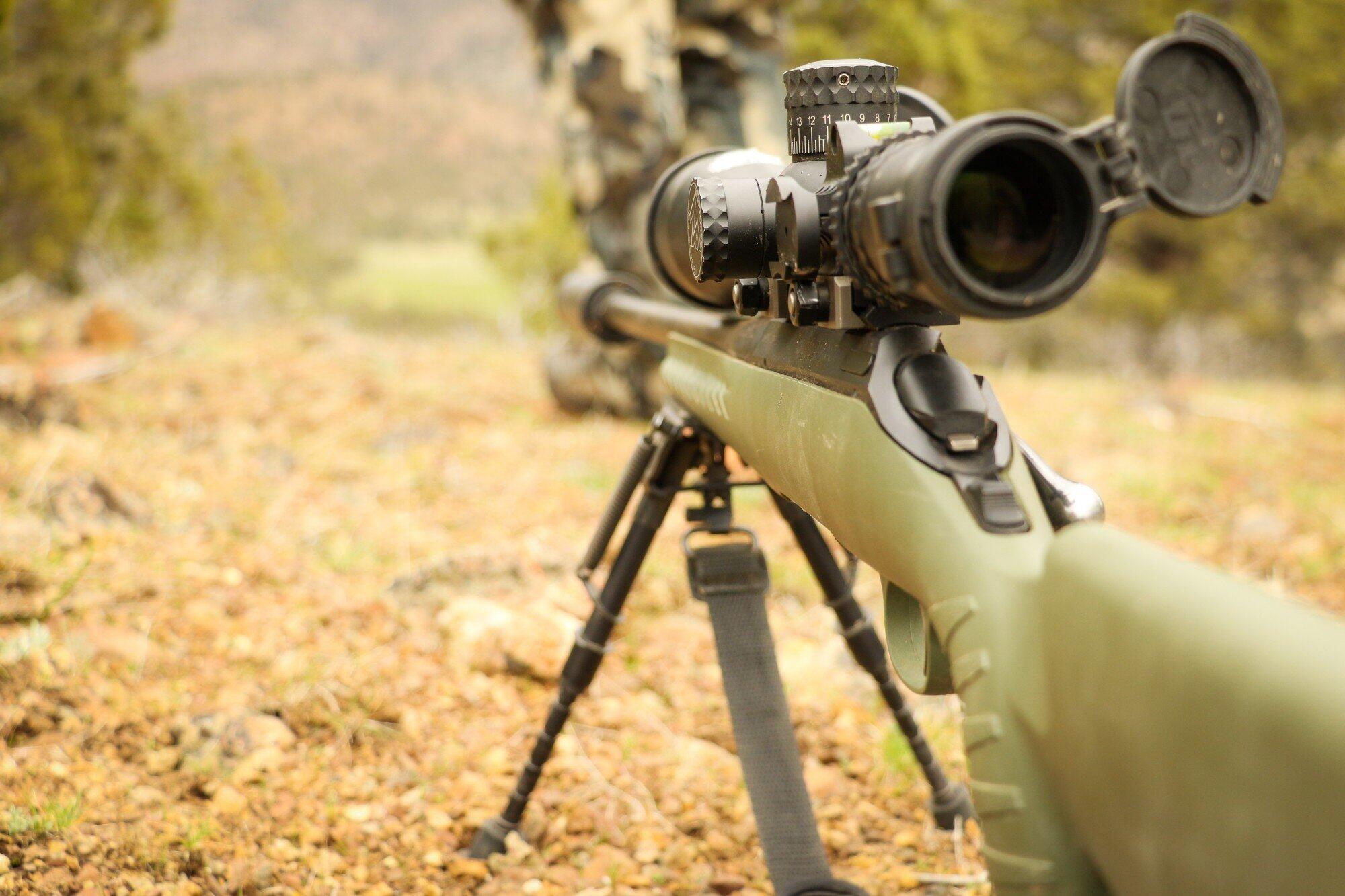
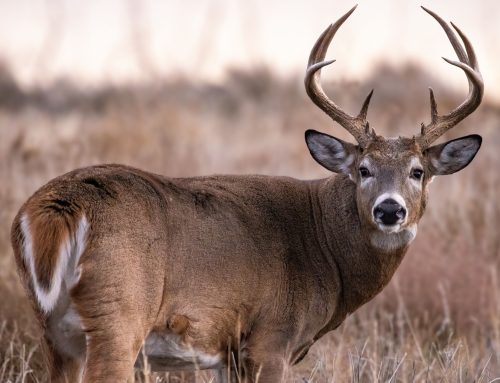
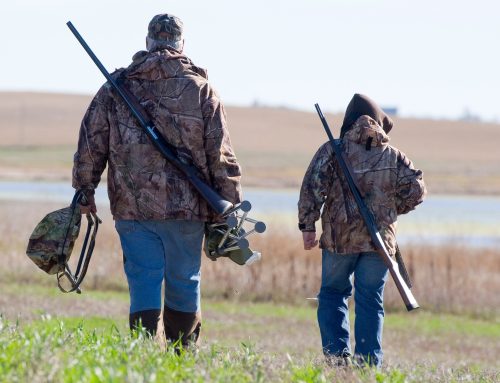
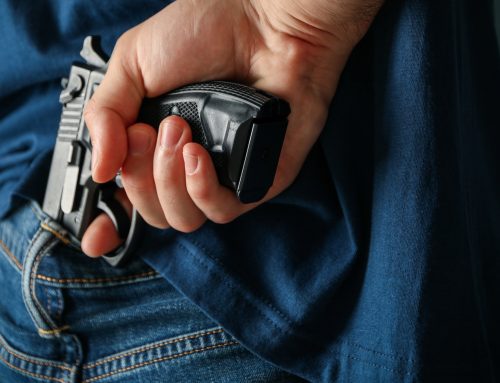
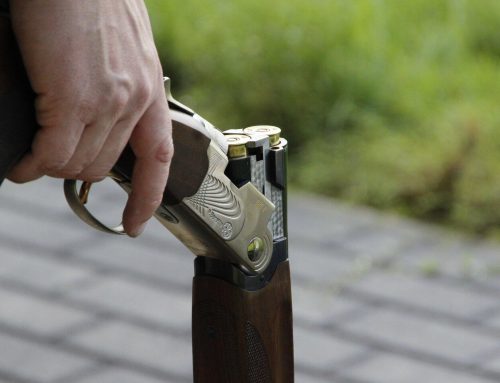
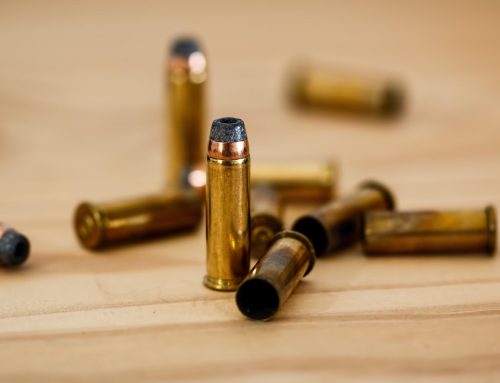
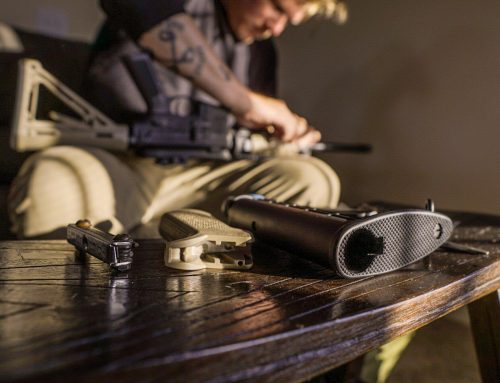
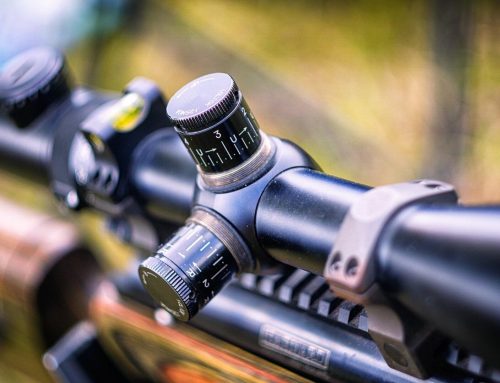

Leave A Comment